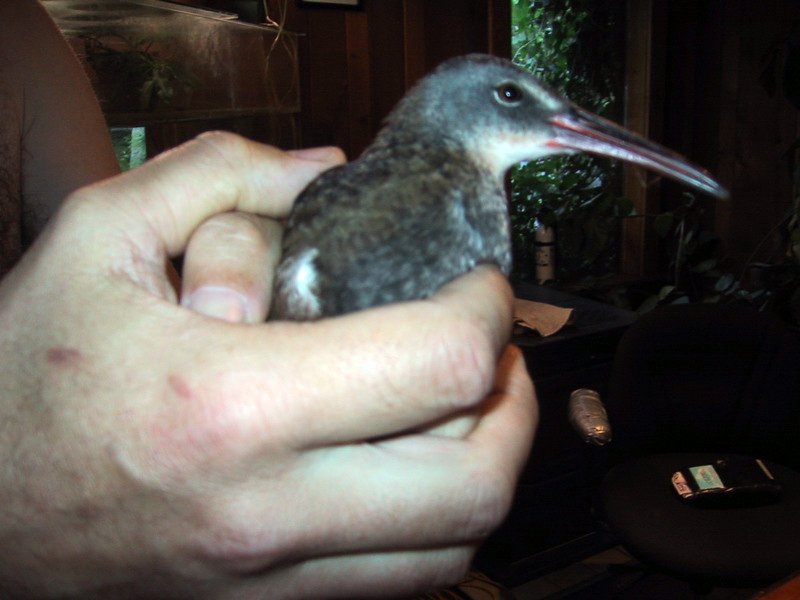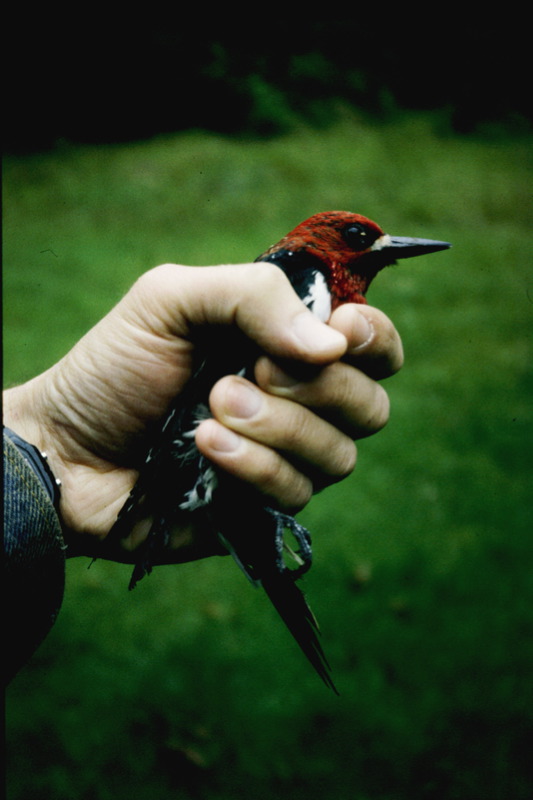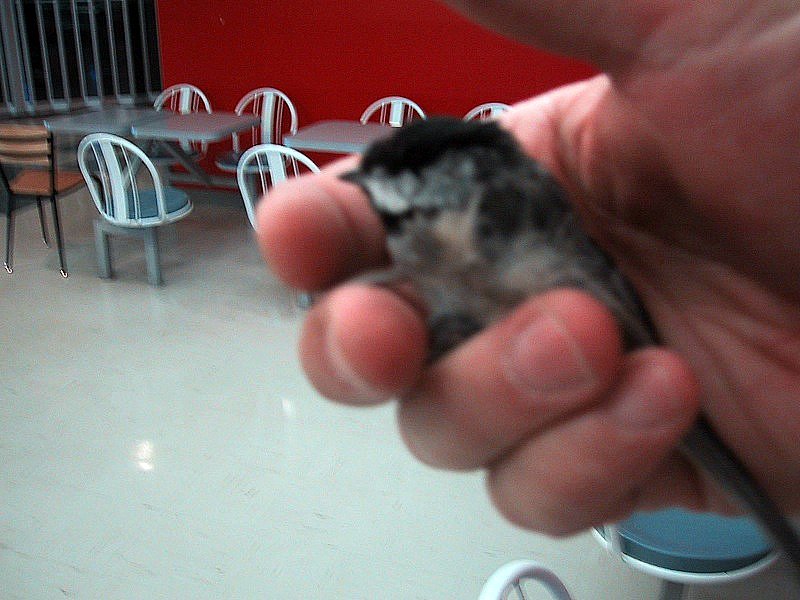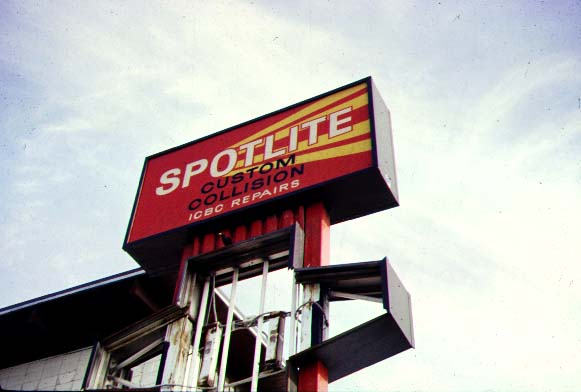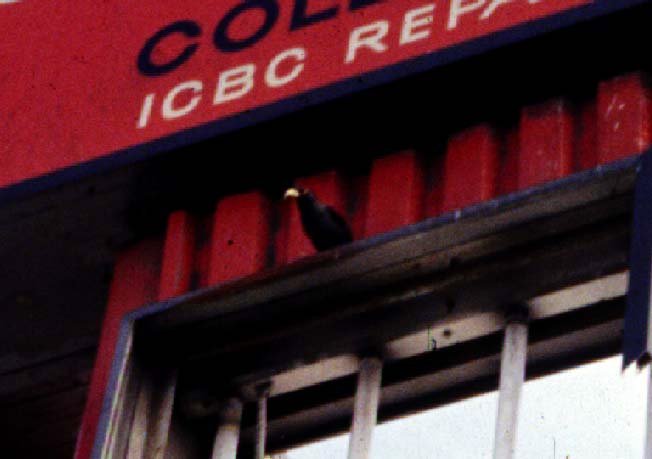a bird in the hand
I don’t look for them particularly. I’m not what you’d call a bird ‘watcher.’ I’m more of a bird finder. I seem to come across them everywhere; injured, panicked or hopelessly lost. I’ve pried them from the jaws of cats, carried them quivering out of the buzzing labyrinths of shopping mall food courts and plucked them from windowsills where they have been battering themselves against their own reflections. Trembling, nictitating and bedraggled, the world’s birds are in trouble. Populations of many previously common species are now in free fall, both in Canada and around the world. We stand on the threshold of a bleak new age of summers where barn swallows no longer course through the warm evening air and the haunts of meadowlarks lie extinguished beneath strip mall parking lots.
And then there is the case of the crested myna. This jaunty, subtropical bird resembles a chunky starling with white wing patches. The mynas were brought to Vancouver at the end of the nineteenth century by Chinese immigrants, who kept them as cage birds. Inevitably some escaped or were set free and they managed to survive the clammy West Coast winters by holing up in attics and under bridges. Back in the early nineteen-nineties, I used to see mynas pretty often, hopping across the roof of the Vancouver East Cultural Centre or schnarfling up discarded pizza crusts between the trolly buses, in front of Golden Boys’ on Commercial Drive. Now the mynas are gone. The last known pair died out in Vancouver in the winter of 2002. Of course there are theories as to why. Perhaps these dreamy tropicalists couldn’t compete with the more aggressive and numerous European starlings, or maybe they found themselves excluded from their favoured attics by an epidemic of aluminum siding. It is hard to say. Whatever it was, I miss the mynas. Vancouver just isn’t same without them. My local pair used to nest inside the Spotlight Custom Collision sign on Clark Drive. In the midst of this industrial wasteland, devoid of vegetation, the mynas clung to life, incubating their precious eggs by the warmth of the humming fluorescent tubes, gazing out over the six lanes of howling traffic. One day as I was walking by, I happened to snap a picture. It was 1993, the first of June. I didn’t think much of it at the time. There was some high cloud, but the sun was shining. A glossy black bird sat high above me, surveying its asphalt domain. It was a day like any other. Back in the age of mynas.


